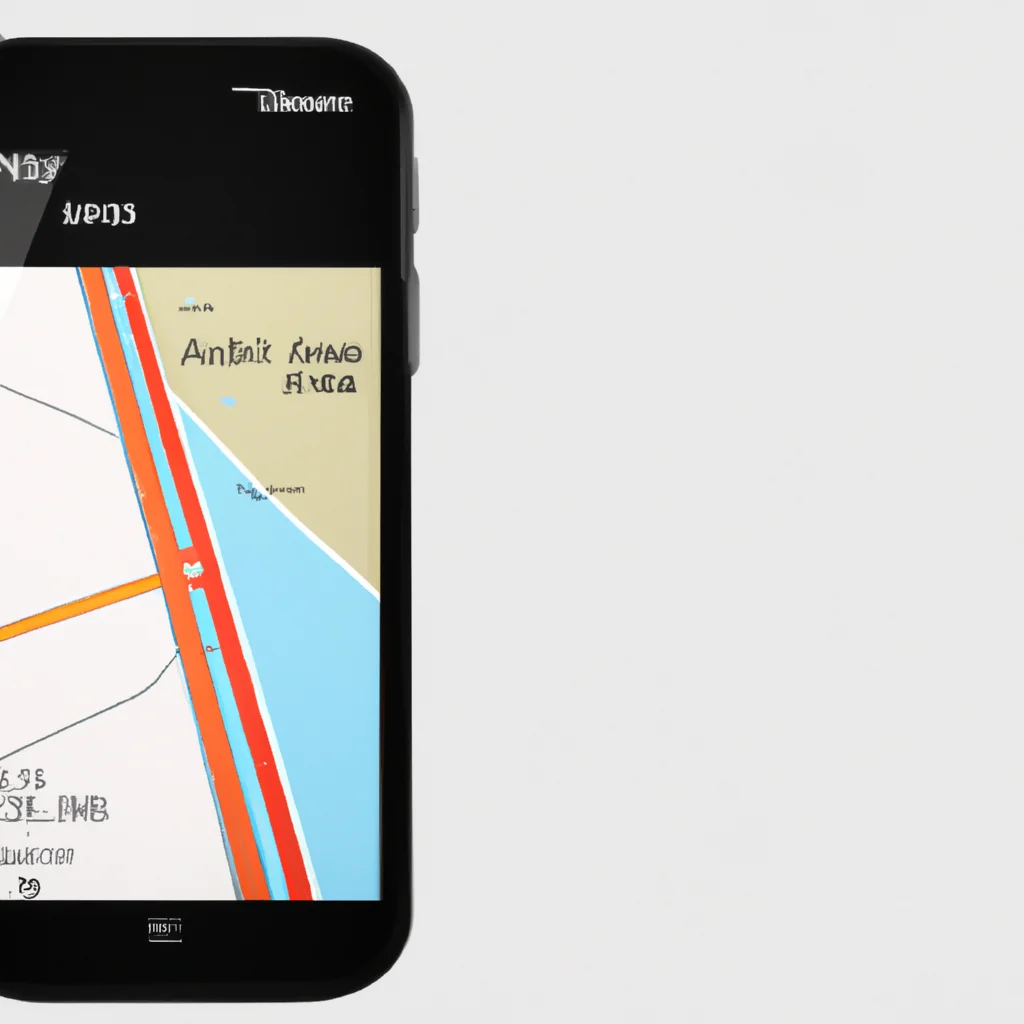How does a GPS device work?


How does a GPS device work?
Have you ever wondered how a GPS device can accurately pinpoint your location and guide you to your destination? GPS, short for Global Positioning System, is a satellite navigation technology that has revolutionized location tracking and navigation. In this article, we will discuss the GPS technology and how it works to provide accurate location data.
What is a GPS device?
A GPS device is an electronic device that receives GPS signals from satellites orbiting the Earth and uses those signals to determine the device’s location. GPS devices are commonly used in vehicles, smartphones, fitness trackers, and other devices that require location tracking.
How does GPS technology work?
GPS technology works by using a network of satellites, ground control stations, and GPS receivers. The GPS satellites orbit the Earth, transmitting signals that GPS receivers on the ground can pick up. The GPS receiver uses the signals from the satellites to determine its location.
The GPS Satellites
There are currently 31 GPS satellites in orbit around the Earth. The satellites are placed in six different orbital paths, ensuring that there are always at least four satellites visible to a GPS receiver at any given time. The GPS satellites transmit signals that contain information about the satellite’s location, the time the signal was transmitted, and other data.
The GPS Receiver
The GPS receiver is an electronic device that can pick up signals from the GPS satellites. The GPS receiver uses the signals from the satellites to determine the distance between the satellite and the receiver. The GPS receiver then uses this information to calculate its own location.
How do GPS signals work?
GPS signals work by using a technique called trilateration. Trilateration is a method of determining the location of an object by measuring the distance between the object and three or more reference points. In the case of GPS, the reference points are the GPS satellites.
When a GPS receiver picks up a signal from a GPS satellite, it measures the time it took for the signal to travel from the satellite to the receiver. The GPS receiver then multiplies the time by the speed of light to determine the distance between the satellite and the receiver. By measuring the distance between the receiver and at least three satellites, the GPS receiver can calculate its location using trilateration.
Conclusion
In conclusion, GPS technology has revolutionized location tracking and navigation. GPS devices use a network of satellites, ground control stations, and GPS receivers to determine accurate location data. GPS signals work by using trilateration to determine the distance between the GPS receiver and at least three GPS satellites. With GPS technology, we can accurately navigate to our destinations and track our movements with ease.
Recent Posts
How do I create an engaging and informative online quiz or assessment?
Creating an engaging and informative online quiz or assessment can be a powerful tool for… Read More
What are the most effective methods for managing and reducing work-related stress in the hospitality industry?
Work-related stress is a common issue in the hospitality industry, where employees often face long… Read More
How can I improve my assertiveness and communication skills in a leadership position?
In a leadership position, assertiveness and effective communication skills are crucial for success. Being able… Read More
What are the key elements of a successful employee recognition and rewards program?
Employee recognition and rewards programs play a crucial role in motivating and engaging employees, as… Read More
How do I effectively manage and respond to customer feedback and reviews?
Customer feedback and online reviews play a crucial role in shaping a company's reputation and… Read More
What are the best strategies for effective time management as a stay-at-home parent?
Effective time management is crucial for stay-at-home parents who juggle multiple responsibilities on a daily… Read More